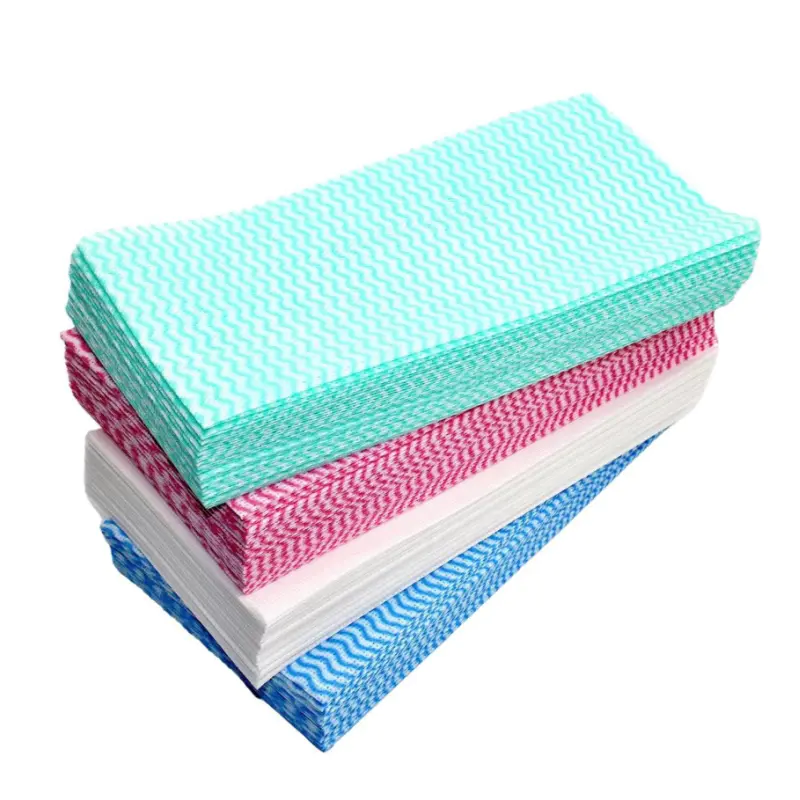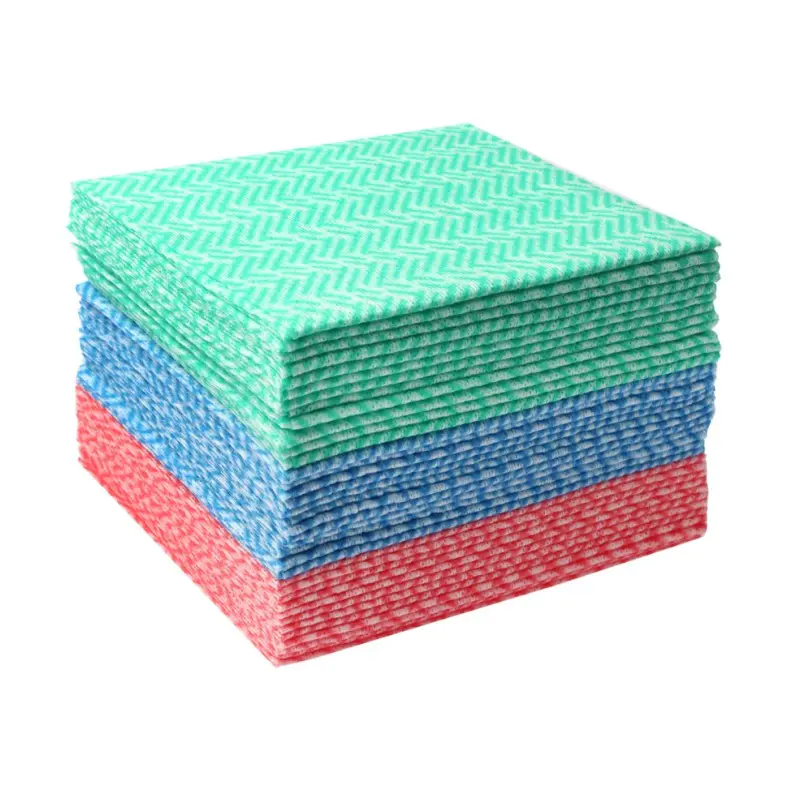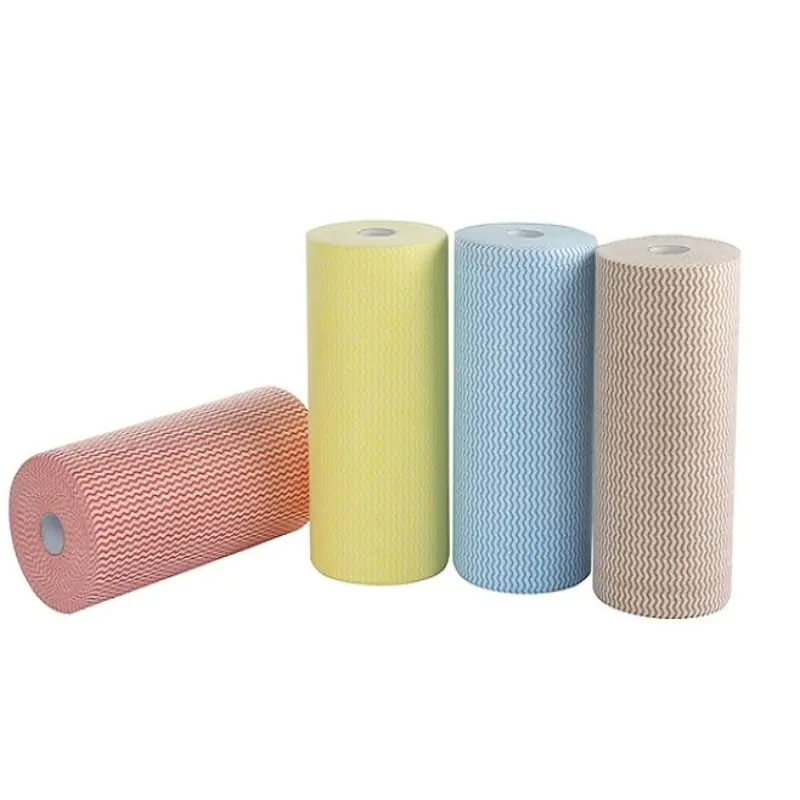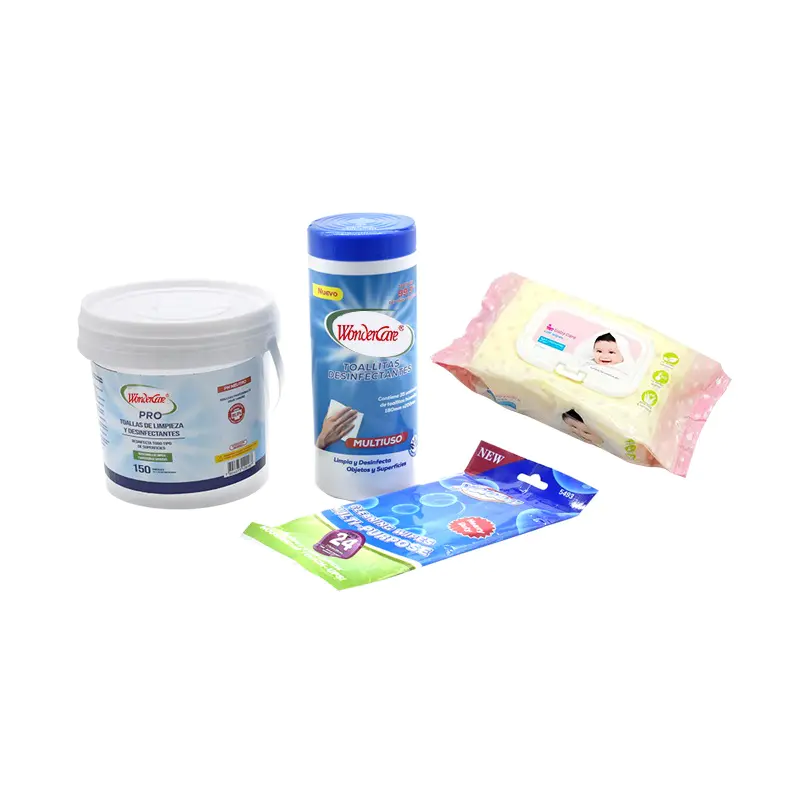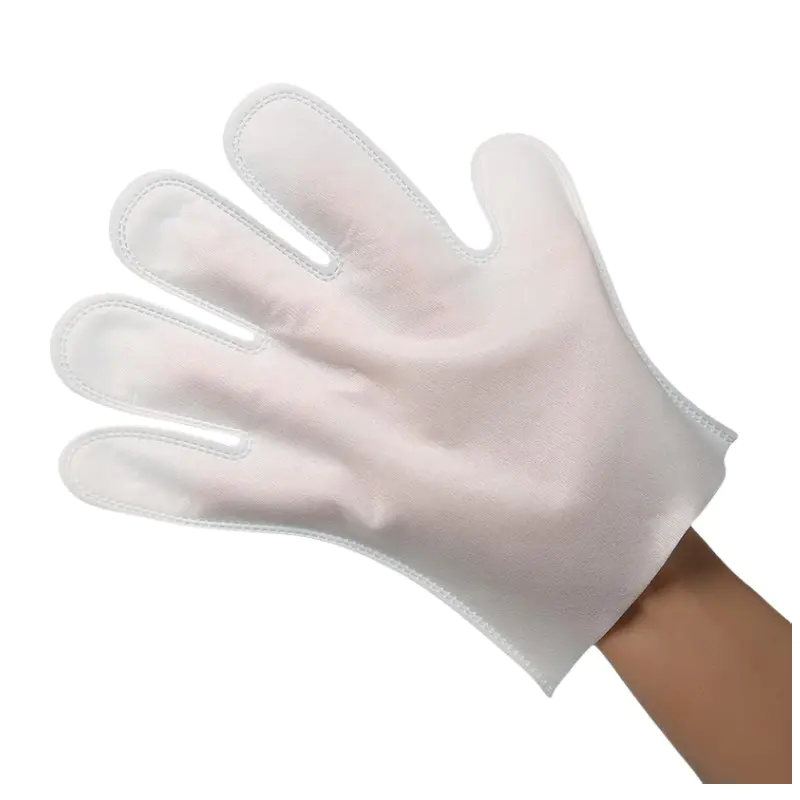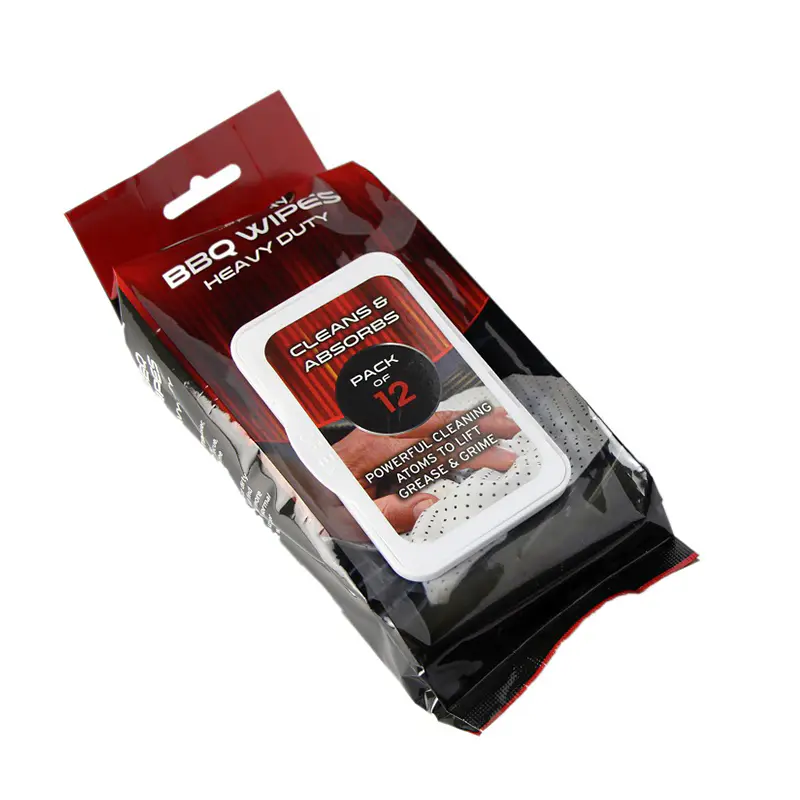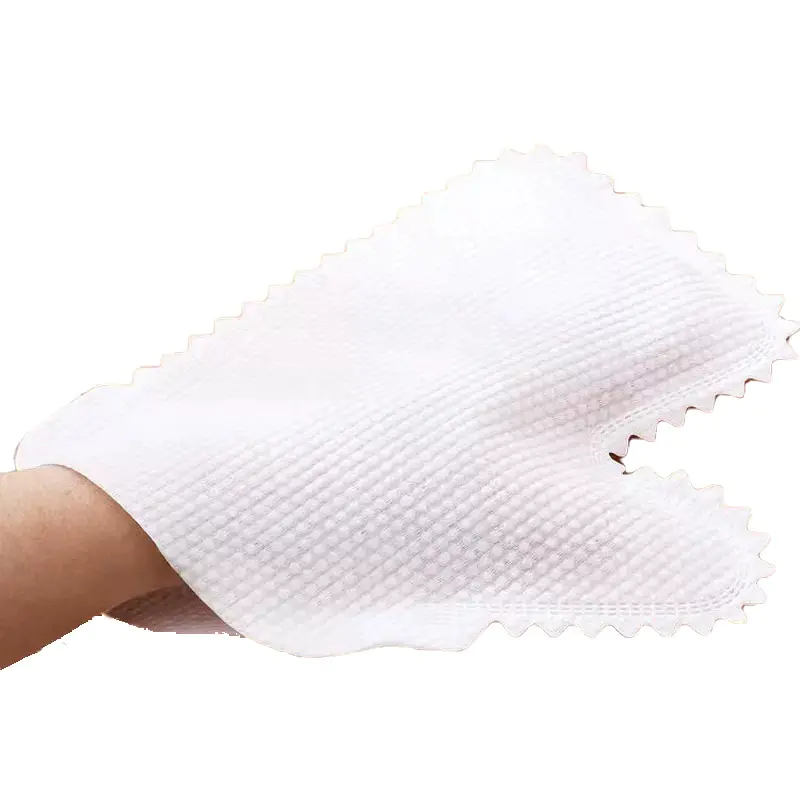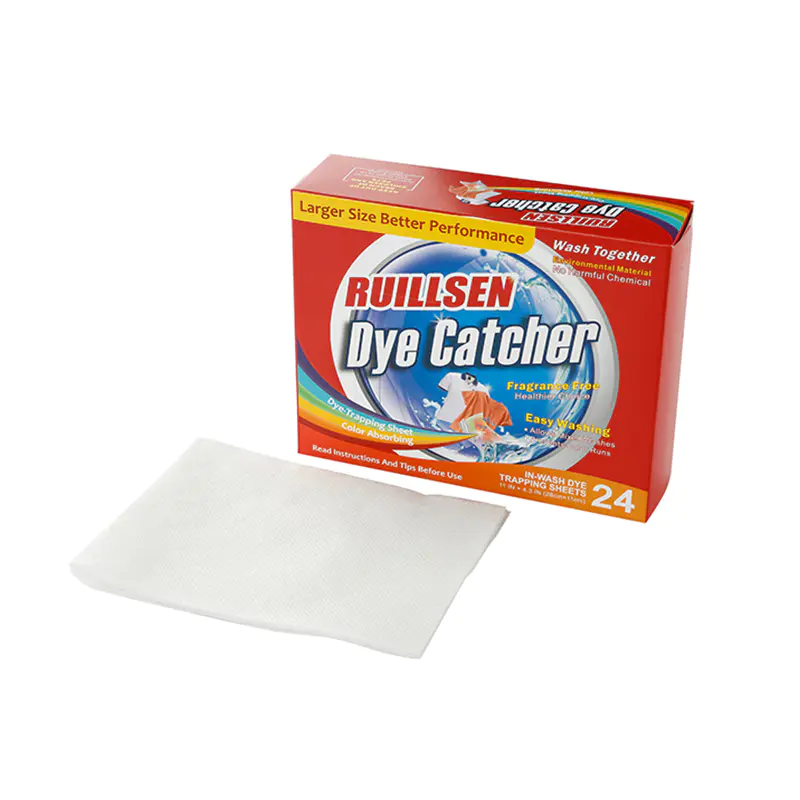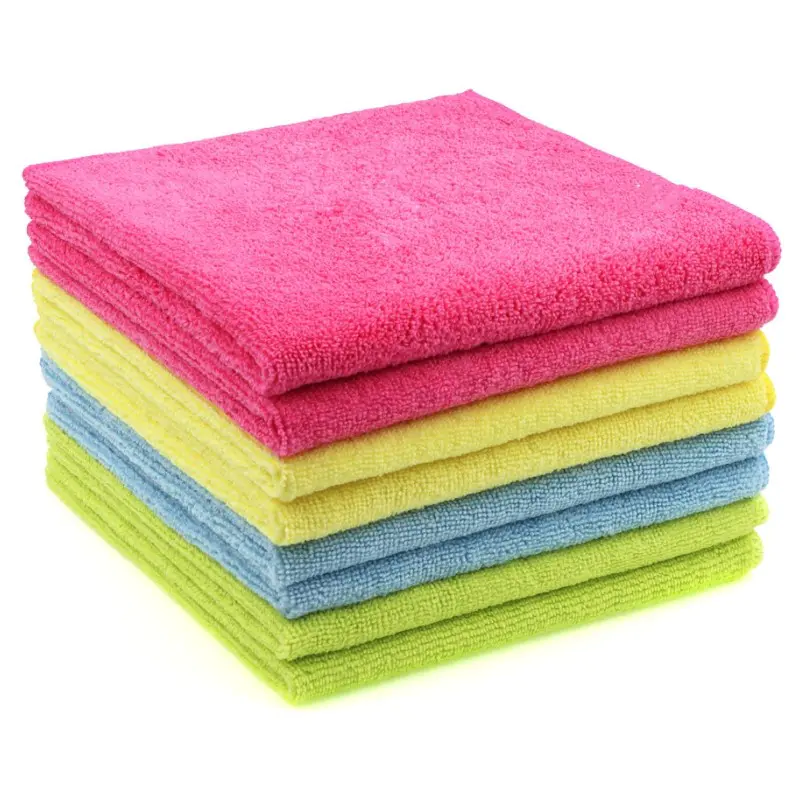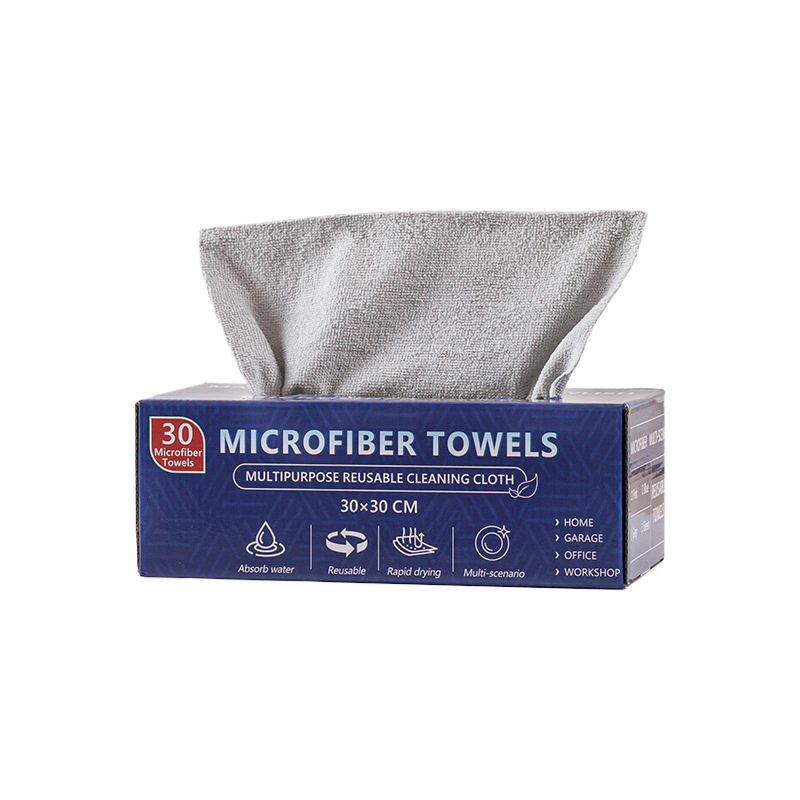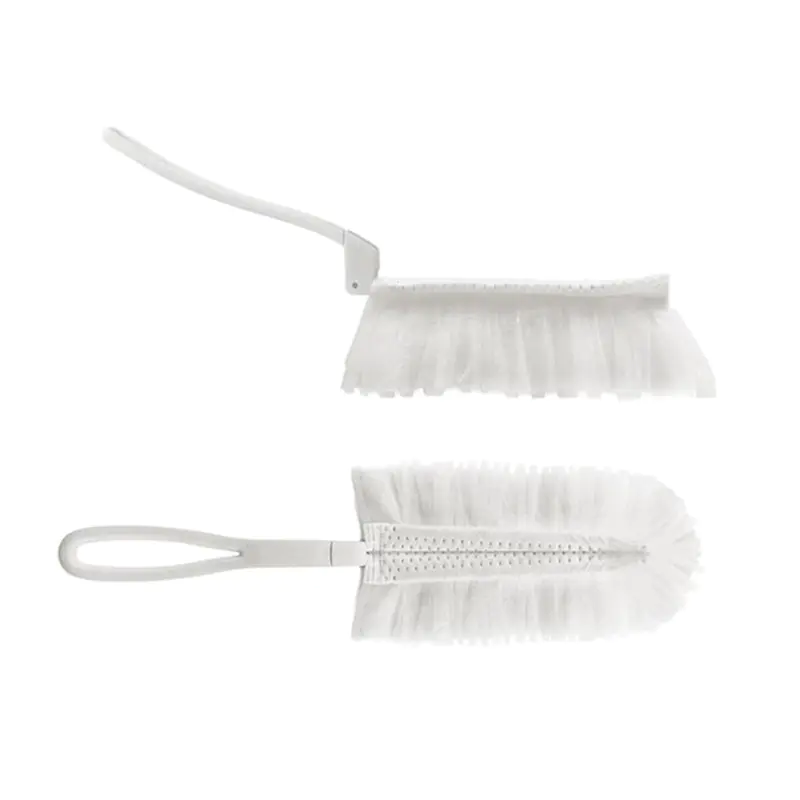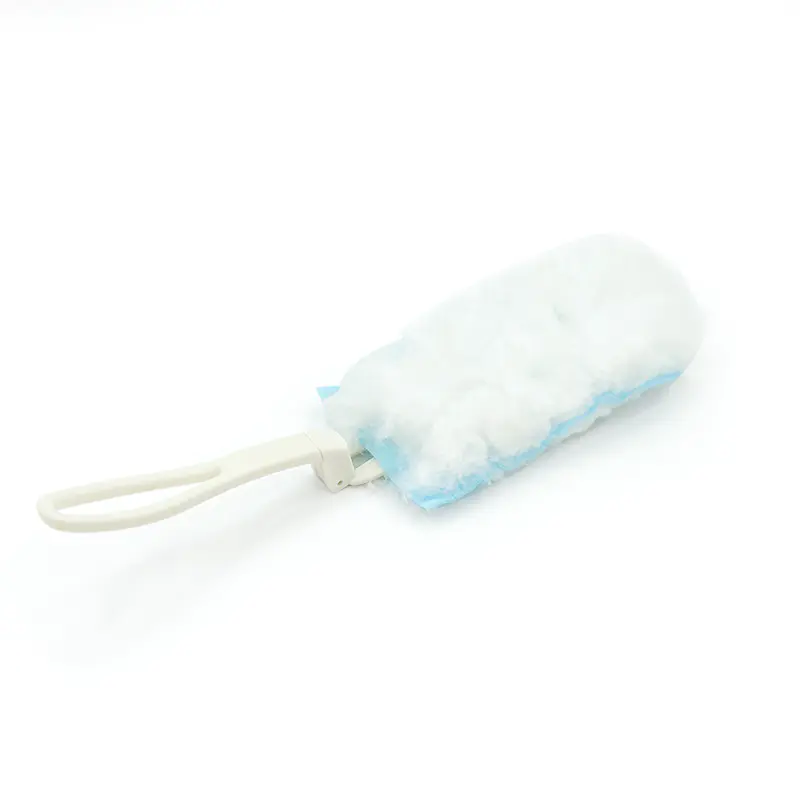To balance the absorbency, durability and cleaning efficiency of mop refills, the interrelationship and impact between these properties need to be considered during design. Each aspect needs to be optimized in terms of material selection, structural design and usage environment. Here are some key points on how to balance these characteristics:
1. Absorbency
Absorbency is one of the core characteristics of mop refills because it directly affects the cleaning effect and user experience. If the mop refills are too absorbent, the floor may be too wet, affecting the drying time; if the absorbency is poor, it may not be able to completely clean the stains. To balance absorbency:
Material selection:
Microfiber material: Microfiber has a strong ability to absorb water due to its extremely fine fiber structure, and it can also quickly drain water and reduce moisture retention on the floor. Microfiber has good cleaning efficiency and can effectively capture dust, oil, etc.
Natural fibers (such as cotton): Cotton refills are highly absorbent, but because their fibers are relatively coarse, they may take longer to dry and have relatively poor durability. When in use, it may absorb too much water and cause the floor to be slippery during mopping.
Synthetic materials: such as polyester and nylon blends, usually maintain water absorption while reducing fiber breakage and improving durability. They usually dry faster than natural fibers and provide stronger stain resistance.
Design structure: Choosing the right weave (such as twill, twisted or mesh design) can reduce water accumulation on the mop head and improve drying speed while ensuring water absorption.
2. Durability
Durability determines the service life and long-term performance of the mop head. Mop heads with poor durability may wear, break or deform after a period of use, affecting cleaning results and safety of use. To improve durability and balance water absorption and cleaning efficiency:
Enhance fiber strength: High-strength synthetic fibers (such as polyester, nylon or polyester) usually have better wear resistance and can maintain a longer service life under repeated friction. These fibers are more durable than natural fibers, especially when used on hard floors (such as tiles and wooden floors).
Anti-ultraviolet and anti-aging treatment: For mop replacement heads that are often exposed to sunlight, anti-ultraviolet ingredients can be added to the material or a UV protective coating can be used to prevent the material from aging or fading and extend its service life.
Avoid excessive water absorption: Replacement heads with strong water absorption may cause the mop head to become moldy, smelly or deformed due to long-term water retention. Therefore, it is necessary to ensure moderate water absorption during design to prevent the mop head from being damaged during long-term use due to excessive water absorption.

High temperature resistance and antibacterial treatment: To prevent the mop replacement head from becoming bacterial or moldy after use, antibacterial treatment or materials with antibacterial functions (such as silver ions, bamboo charcoal fibers, etc.) can be used. This helps to extend the service life of the mop replacement head and reduce odor after cleaning.
3. Cleaning efficiency
Cleaning efficiency is a key factor in the design of mop replacement heads and directly affects the effect during use. Cleaning efficiency is not only related to the water absorption of the material, but also closely related to factors such as the structure, hardness and surface treatment of the fiber. To optimize cleaning efficiency and achieve balance:
Fiber design and surface treatment:
Microfiber design: The surface structure of microfiber can effectively capture dust, dirt and oil stains, greatly improving cleaning efficiency. The fine fibers of microfiber can penetrate deep into the surface of the floor, carrying away fine dust and stains, not only cleaning it, but also reducing the residual water stains.
Dense weaving: The high fiber weaving density of the mop replacement head can provide stronger wiping power and enhance the friction effect when mopping, thereby improving cleaning efficiency.
Design adaptability:
Edge design: Adding edge design to the mop head, such as curved edges or corner designs, can effectively clean hard-to-reach places such as corners and the bottom of furniture, thereby improving the comprehensiveness of cleaning.
Adapt to the cleaning effect of different stains: Different cleaning tasks may require different cleaning intensities. When designing, materials with different fiber densities can be used in different parts to enable the mop replacement head to flexibly deal with light and heavy stains and enhance its cleaning ability.
Balance of water absorption and drainage: The water absorption and drainage capacity of the mop replacement head should be balanced. Excessive water absorption may cause the mop head to drag too much water when mopping the floor, while a mop that drains too much water will reduce cleaning efficiency. Optimizing drainage capacity helps to avoid water accumulation and affect cleaning while maintaining cleaning results.
4. Comprehensive optimization strategy
The balance of water absorption, durability and cleaning efficiency can be achieved through the following design strategies:
Composite materials: Combining natural and synthetic materials, such as cotton and polyester composite fibers, can increase durability while ensuring cleaning efficiency. Cotton can provide excellent water absorption, while polyester can provide stronger durability and faster drying speed.
Customized design: Design specially suitable replacement heads according to different uses and cleaning environments (such as kitchens, bathrooms, wooden floors or marble floors). The combination of different materials and fibers can be optimized according to specific cleaning needs, such as using more fiber reinforcement materials to improve wear resistance, or adding fine fiber layers to enhance cleaning performance.
Enhanced surface treatment: Use surface coatings or special fiber treatment technologies (such as antibacterial coatings, decontamination coatings, etc.) to improve the anti-fouling ability of mop replacement heads, ensure that they can effectively remove stains during cleaning, and are easy to clean after use.
5. User feedback and improvement
Finally, the actual user experience is also a key factor in balancing these characteristics. By collecting user feedback and continuously optimizing the design of replacement heads, such as adjusting fiber density, selecting different materials, or improving drainage systems, the product can find the best balance between water absorption, durability and cleaning efficiency.
Through sophisticated design, appropriate material selection and clever structural arrangement, the water absorption, durability and cleaning efficiency of mop replacement heads can be effectively balanced, providing users with an efficient, durable and convenient cleaning tool.

 English
English Español
Español